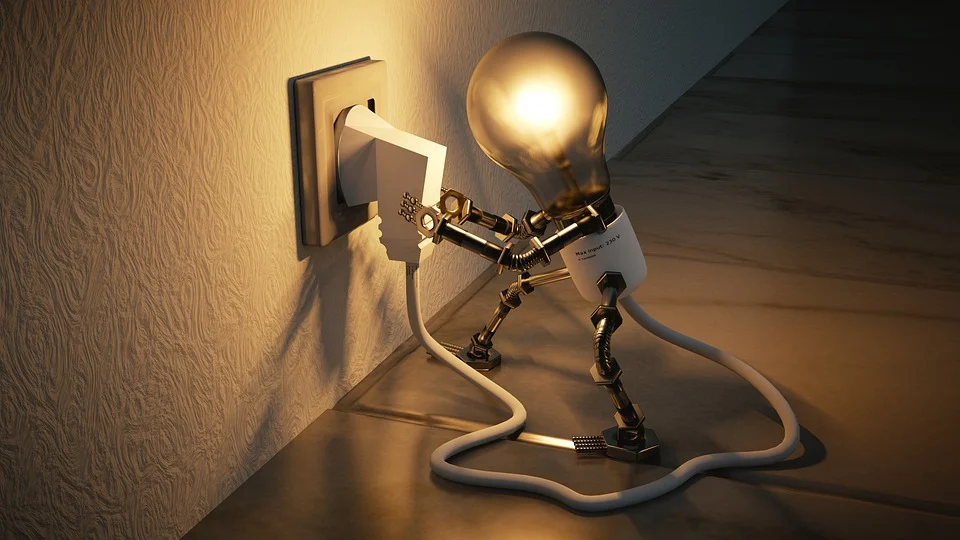Are you working on an interior design project right now? Whether you’re trying to sell your home or you’re a specialist property renovator, it’s always good to get inspiration for your next job.
While big tasks like converting attics and updating color schemes in keeping with current trends are some of the key areas you’ll be looking at, it can be easy to forget about lighting.
But a well-positioned light can transform a room and play with the dimensions of the space. It creates cozy corners and literally shines a spotlight on your favorite parts of the project.
So, what lighting types will you consider? Here are some ideas.
What are you looking for?
First up, think about the effect you’re trying to create. Do you want an ambient space? If so, you’ll need to consider the natural light levels coming in and only introduce lighting with components that complements this.
Then you’ll need to consider the lights that are doing the work. Where are the areas where lights are necessary? If the kitchen needs to be brighter or the office could do with some more lamps, this is the time to plan where things need to go.
The lights to consider
Surface
Surface lights are a great choice for rooms with limited space. They work particularly well in awkward rooms like box rooms or attics as there are no fixtures and fittings dangling too far down from the ceiling.
Recessed
These are similar to surface lights in that they are mounted to the wall and are designed to provide light but not interrupt the flow of the room. These are lights that are slotted into a hollow in the ceiling and fixtures are hidden, keeping things neat.
Pendant
Unlike recessed lighting, pendant lights are made to be seen. They are usually beautifully designed and hang down from the ceiling. You’ll find these in living rooms and dining rooms.
Chandeliers are like the more extravagant type of pendant light, filled with crystals and other details. These probably fall in the same category, but these are designed to be excessive and work well in rooms with high ceilings.
Portable
Portable lights, as the name suggests, can be easily moved around. They are plugged into sockets, so they’re not a permanent feature, but this makes them invaluable for your project as you can play around with where you put them. A standing lamp behind a beautiful chaise longue, a neat little table lamp on the vintage sideboard. These portable lamps are all useful, beautiful additions.
What lighting will you include in your next design project?

